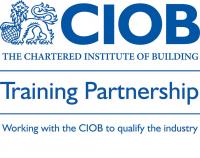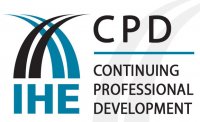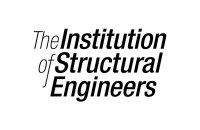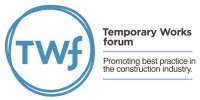The course will guide delegates to successful use of the material, with some simple basic facts, allied to detailed guidance in using Eurocode 9.
Eurocode 9 is a comprehensive document giving rules for the design of aluminium structures; many of the clauses of Eurocode 9 have been written to mirror corresponding provisions in Eurocode 3. This has been done in an attempt to make it easier for designers switching from one material to another, however, it should always be remembered that aluminium is a very different material from steel.
Aluminium has many benefits and much greater flexibility in product form, but additional specific design checks are needed that a steel designer might not anticipate. It has suffered badly as a structural material when designers have adopted typical steelwork details.
Aims & Objectives:
On completion of the course, delegates will be able to:
- List the considerations necessary when deciding to use aluminium or steel
- Determine how to select the best aluminium alloys for an application
- Examine the pros and cons of different material forms and jointing methods
- Apply the skills required to perform limit state calculations in accordance with the code
- Prepare rules for execution (fabrication and erection)
On completion of the course, delegates will understand the characteristics of aluminium, the principles of Eurocode 9 and be able to apply them to practical and efficient design of aluminium structures.
Course Outline:
Why aluminium? - Advantages, challenges and misconceptions
Alloys and product forms
Corrosion behaviour
Fabrication techniques
Typical design details
Introduction to Eurocode 9 and relationship to other standards
Basis of Design
Ultimate Limit States:
- Basis
- Resistance of cross sections
- Bucking resistance
Serviceability Limit States:
- Deflections
- Dynamic effects
Design of Joints
Fatigue
Execution rules and specifications
Mode of Delivery:
The course is an interactive training day and consists of presentations interspersed with practical design exercises.
Benefits of Attending:
Delegates will understand the main advantages of aluminium, how to use it efficiently and be able to create practical and efficient designs using the principles of Eurocode 9.
Intended For:
The course is primarily intended for structural engineers who will use Eurocode 9 (the scope of which includes any building or civil engineering structural application, including bridges, buildings and temporary works). The basic principles and content will also be useful for structural and mechanical engineers that will use aluminium in other applications.
Pre-Course Requirements:
Some prior experience of design of steel or aluminium structures using British or European design codes will be necessary for delegates to fully appreciate all of the aspects of the design rules.








